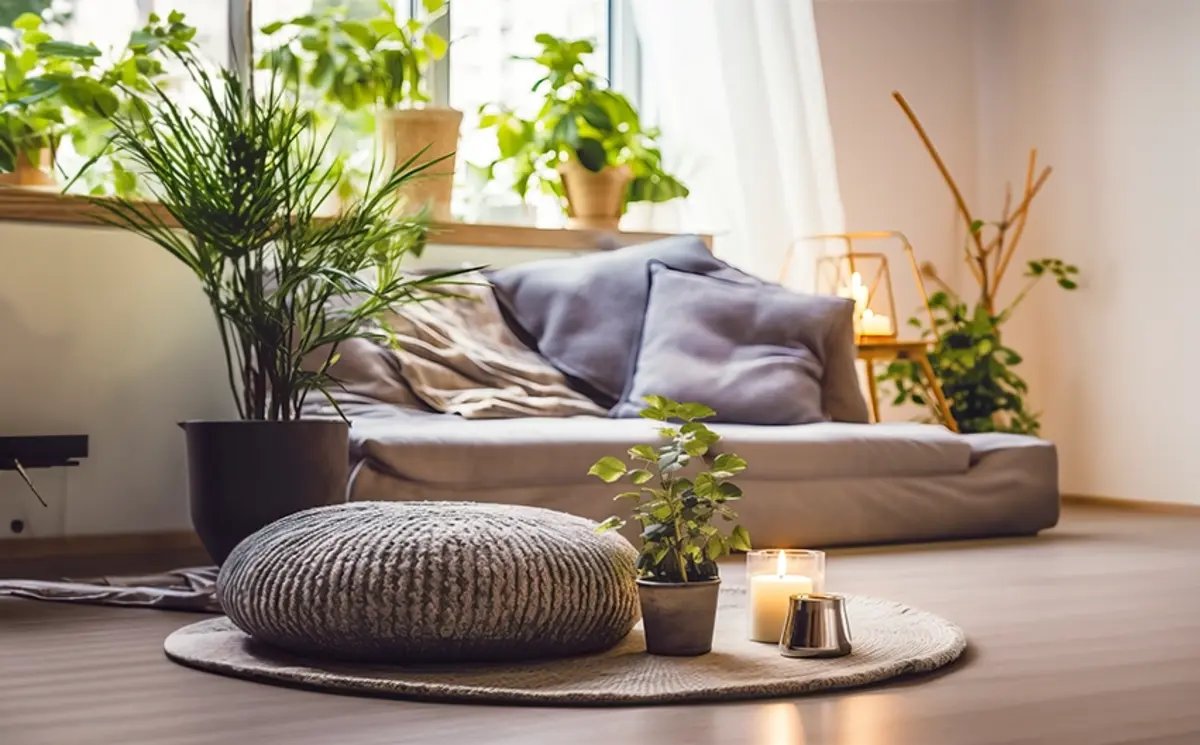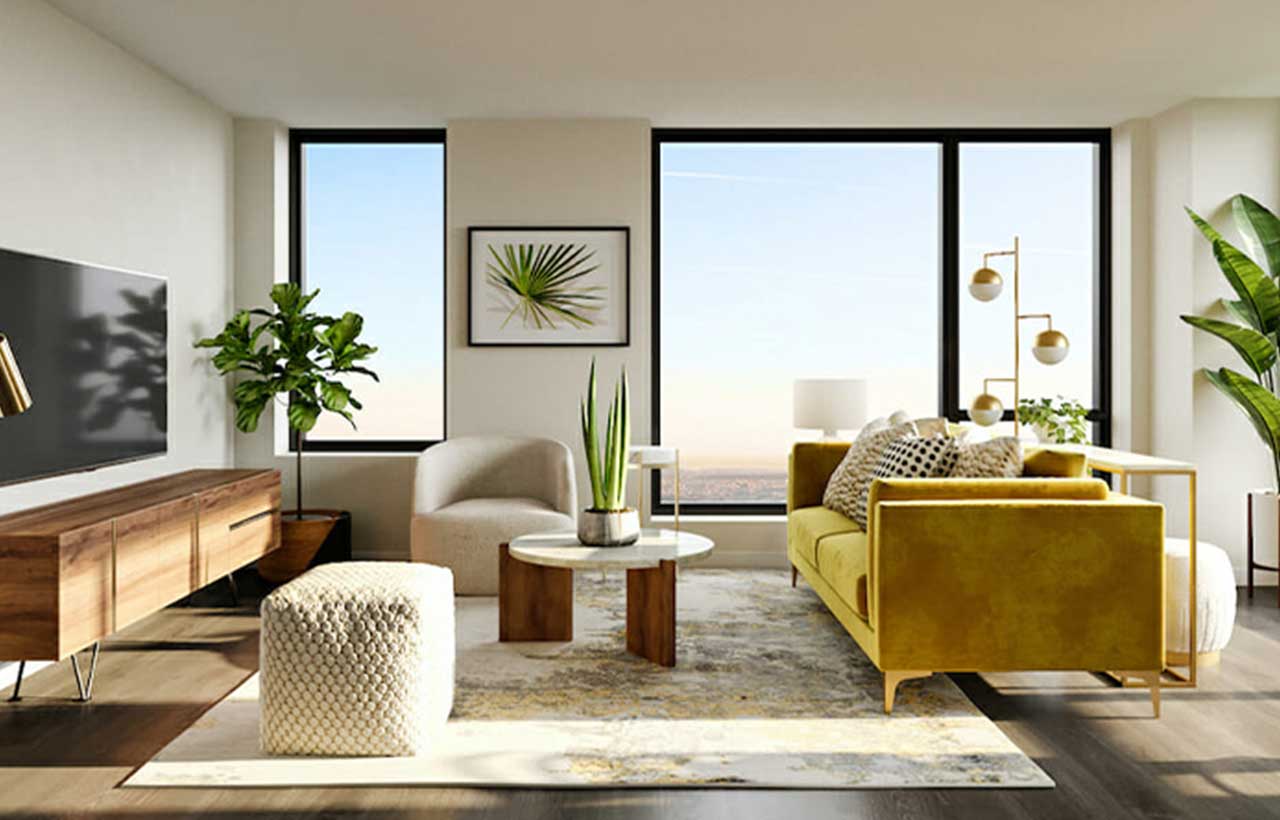Key Takeaways
- Discover the benefits of using natural materials in home decor.
- Learn how to choose sustainable options for your living spaces.
- Explore creative ideas for integrating nature-inspired elements.
- Understand the impact of eco-friendly design on well-being and the environment.
In a world where environmental consciousness is ever-growing, creating eco-friendly home decor with natural materials has become more than a trend—it’s a lifestyle choice that resonates with sustainability and responsibility. Homeowners can seamlessly blend functionality with environmental friendliness by choosing options like bamboo kitchen utensils. Bamboo, known for its rapid renewability and strength, is just one example of how integrating natural materials can lead to both aesthetically pleasing and environmentally conscious living spaces.
Incorporating natural materials into decor isn’t merely about style; it’s about crafting an environment that promotes health and well-being. Natural elements like bamboo, jute, and reclaimed wood contribute to a toxin-free lifestyle, reducing exposure to synthetic compounds found in various modern furnishings. Their durability also speaks volumes, as these materials typically outlast their synthetic counterparts, making them a smart investment for long-term use and a smaller carbon footprint.
The Benefits of Natural Materials in Home Decor
Natural materials bring a suite of benefits that extend beyond mere aesthetics. First and foremost, they offer sustainability, which is crucial for reducing the overall environmental impact of home designs. Products like bamboo are not only fast-growing but also require fewer fertilizers and pesticides. This means that their cultivation has a minimal impact on the environment. Additionally, these materials are known to improve indoor air quality by not releasing volatile organic compounds (VOCs), which are commonly found in synthetic materials and can contribute to long-term health issues. By choosing natural materials, you’re consciously investing in a healthier and more sustainable living space that keeps you connected with nature.
Choosing Sustainable Materials for Your Home
The selection of sustainable materials is vast, with options like bamboo, jute, and reclaimed wood taking center stage due to their eco-friendly properties. Bamboo’s rapid growth and regenerative nature make it an ideal choice for various home applications, from flooring to kitchenware. Similarly, reclaimed wood offers a unique charm by reusing materials that have stood the test of time, reducing the need for new timber resources. Jute, on the other hand, is gaining popularity for its robustness and versatility in home decor items such as rugs and wall coverings. These materials not only help conserve natural resources but also add a touch of authenticity and warmth to any home setting.
Creating an Eco-Friendly Living Room
The living room often serves as the centerpiece of a home, providing a welcoming space for relaxation and socializing. Using eco-friendly materials, you can create a serene atmosphere that reflects personal style and environmental responsibility. Choose furniture composed of sustainable and comfortable natural fibers, such as linen or cotton. Embrace the colors of nature by incorporating palettes that include earthy tones, muted greens, and soft pastels. These colors complement natural materials and enhance the ambiance by promoting peace and relaxation. Pairing clean lines with organic textures, such as woven baskets or driftwood accents, can further enrich the space’s natural feel.
Sustainable Kitchen Designs
Transforming your kitchen into an eco-friendly space involves selecting materials and appliances that promote sustainability. Consider cabinetry made from reclaimed wood or bamboo to enhance the kitchen’s visual and environmental appeal. Countertops crafted from recycled glass or concrete provide a modern aesthetic while reducing landfill waste. Additionally, equip your kitchen with energy-efficient appliances known for their reduced energy consumption and minimal environmental impact. These appliances not only help conserve resources but also contribute to lower household utility bills.
Transforming Bedrooms with Nature-Inspired Elements
Bedrooms are sanctuaries of rest, and incorporating nature-inspired elements can enhance their tranquility and comfort. Start by choosing organic bedding materials like cotton, wool, or bamboo blends that ensure both softness and sustainability. Curtains and blinds made from natural fibers can filter light gently, creating a soothing environment conducive to rest and relaxation. The introduction of indoor plants, such as succulents or ferns, not only improves air quality but also brings a vibrant touch of greenery that is proven to boost mood and reduce stress levels.
The Role of Minimalism in Eco-Friendly Decor
Minimalism plays a significant role in eco-friendly decor by encouraging a focus on essential items that contribute quality and purpose to a space. This design philosophy emphasizes the use of fewer resources, promoting a streamlined aesthetic that is both peaceful and functional. Minimalism complements sustainable living by reducing excess and clutter, as it encourages long-term ownership of well-crafted pieces over cheap, short-lived products. This approach enhances your home’s visual appeal and fosters an environment in which every element has been intentionally selected for its sustainability and contribution to the overall design.











